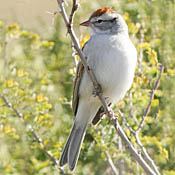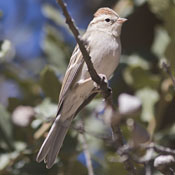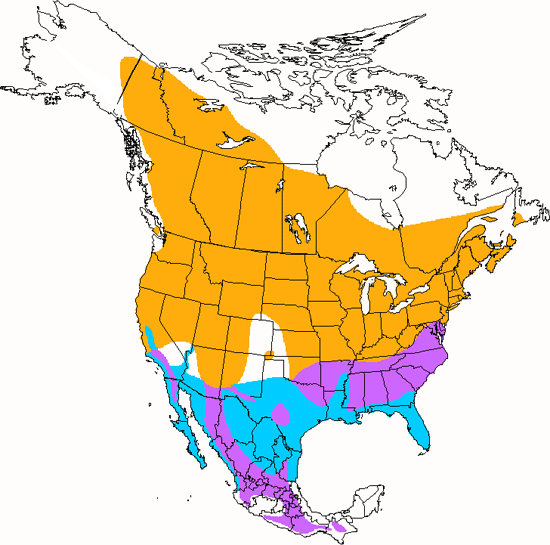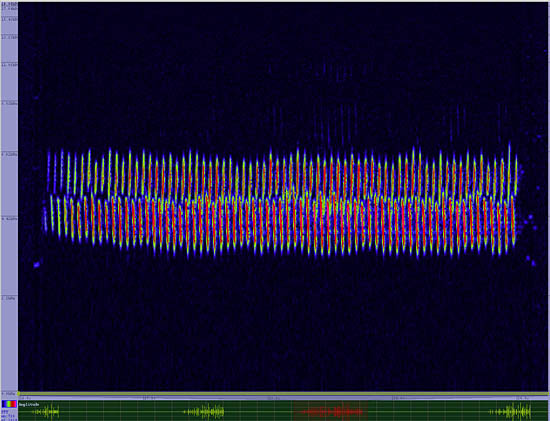Chipping Sparrow
Spizella passerina

Perching

Length: 6 in. (14 cm )
This sparrow nests in open coniferous forests and pine-oak woodlands. The nest is made of grass and lined with hairs and placed in dense vegetation from the ground to low shrubs. Cowbirds commonly parasitize this species. Food in the summer is primarily insects with some seeds, but during the winter is almost totally seeds. This sparrow apparently can make water from the seeds and go without actual water for up to three weeks in the winter. Regularly occurs in small flocks at lower elevations in the winter and in migration.
The four-digit banding code is CHSP.
Bibliographic details:
- Article: Chipping Sparrow
- Author(s): Dr. Biology
- Publisher: Arizona State University School of Life Sciences Ask A Biologist
- Site name: ASU - Ask A Biologist
- Date published:
- Date accessed:
- Link: https://askabiologist.asu.edu/activities/bird/chipping-sparrow
APA Style
Dr. Biology. (). Chipping Sparrow. ASU - Ask A Biologist. Retrieved from https://askabiologist.asu.edu/activities/bird/chipping-sparrow
Chicago Manual of Style
Dr. Biology. "Chipping Sparrow". ASU - Ask A Biologist. . https://askabiologist.asu.edu/activities/bird/chipping-sparrow
Dr. Biology. "Chipping Sparrow". ASU - Ask A Biologist. . ASU - Ask A Biologist, Web. https://askabiologist.asu.edu/activities/bird/chipping-sparrow
MLA 2017 Style
Be Part of
Ask A Biologist
By volunteering, or simply sending us feedback on the site. Scientists, teachers, writers, illustrators, and translators are all important to the program. If you are interested in helping with the website we have a Volunteers page to get the process started.








